In 1558, a strange creature arrived in the Dutch city of Middelburg.
According to reports, the “Indian sheep from the region of Peru” was about two yards high and around five feet in length. It had a neck “as white as a swan” and a “yellowish” body.
The animal that fascinated the people of Middelburg was a llama. It was one of the first ones to appear in Europe following the discovery and conquest of the New World.
The first llama in Europe was white. But what are some other colors do llamas come in?
In this article, you will learn:
- All colors llamas can have
- All color patterns llamas have
- What eye color can a llama have
- What is the tongue color of a llama
All with photos, of course.
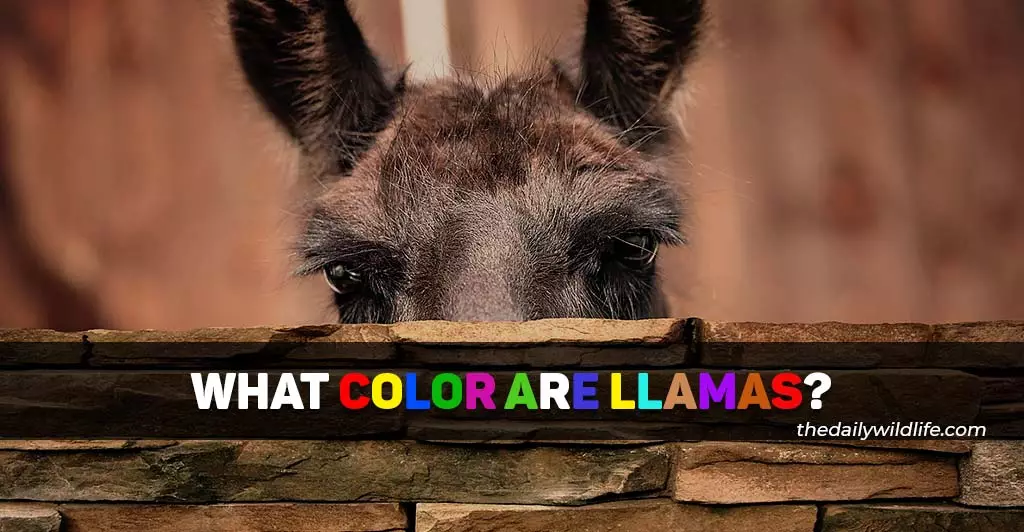
Table of Contents
What Color Are Llamas?
Llamas usually have a brown, black, white, or gray color. Some llamas will have a combination of these colors, while others will have a piebald or speckled pattern.

In Bolivia, the country with the largest population of llamas in the world (3.1 million), most of the llamas are multi-colored (43%).
There, 23% of llamas are brown, 12.5% are black, and just 11% are white. 9.5% of llamas in Bolivia have a gray coat while only 1% have roan color.
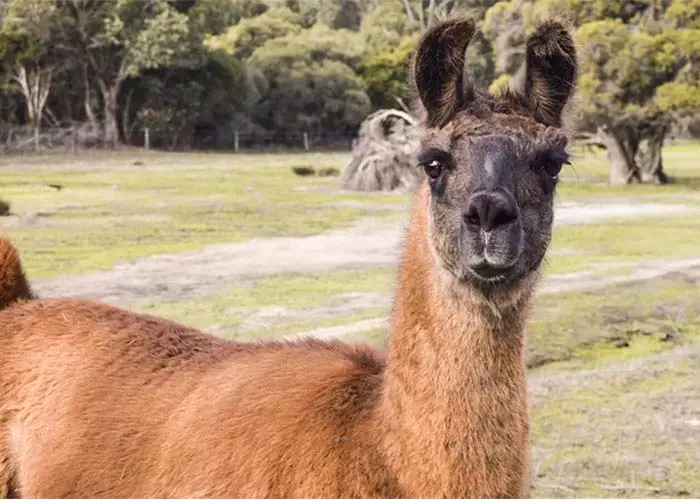
Peru has the second largest population of llamas in the world, with around 750,000 animals. Most of the llamas there (33%) are white, 31% of them have multiple colors, and 25% are brown.
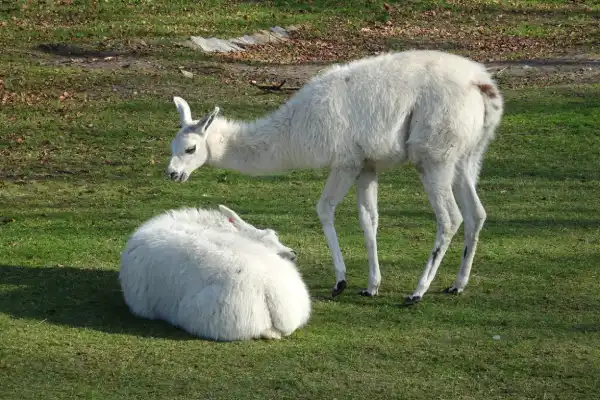
Just 1% of llamas in Peru have black coat color.
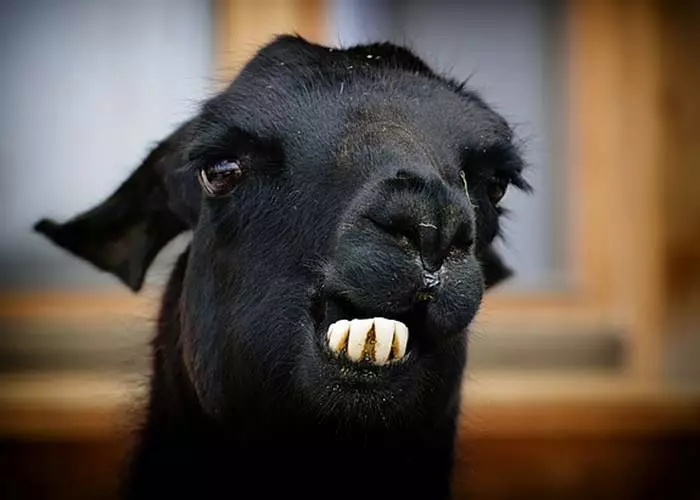
In Chile, there are around 70,000 llamas. Most of the llamas there have a mixed coat color, around 69%. 11% of llamas are brown, while around 12% are white.
In Europe (Austria, Germany, and Switzerland), around 25% of llamas have a white coat color. 65% of animals have a color ranging from brown to black, and about 10% of llamas in Europe have a gray color.

The rarest color of a llama found in Austria, Germany, and Switzerland was dark rose gray.
Read more: Llama conservation status
According to The Llama Association of Australasia, llamas can have 8 color patterns.
The most common ones are:
- Solid pattern – a llama has a single color
- Tuxedo pattern – llama has a solid body color and white marks on the face, neck, chest, or legs
- Paint pattern – llama has white fur color with different patches
- Dark points pattern – llama has a single body color with a darker head, legs, and tail
- Natural pattern – llama has a light brown body color with markings on the head and legs
- Appaloosa pattern – llama has a light color of its fur with darker spots
- Reverse Appaloosa pattern – llama has darker fur color and lighter spots
- Tortoiseshell pattern – llama has a tri-colored coat, black, brown and fawn
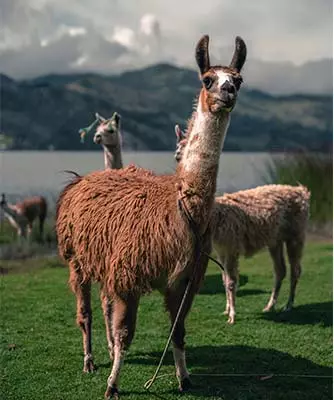
When judging a llama, all coat colors are considered equal, they are not faulted for any color or a pattern of their coat.

Around 80% of llamas examined in that European study had a single-colored coat; around 9% had a pinto pattern (large patches of white and any other color), while the rest had a speckled or spotted/appaloosa pattern.
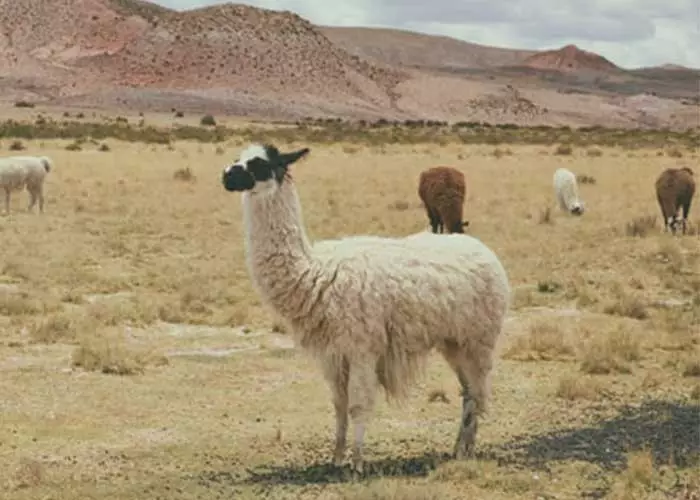
What Color Is A Llama’s Nose?
Llamas have muzzle colors similar to those of their coat. It ranges from black, brown, gray, to white.
When it comes to llama’s nose/nostrils, it should be well-pigmented and have a black, brown, or gray color. Occasionally a llama will have a pink color of its nose; this is considered undesirable among llama breeders and associations.
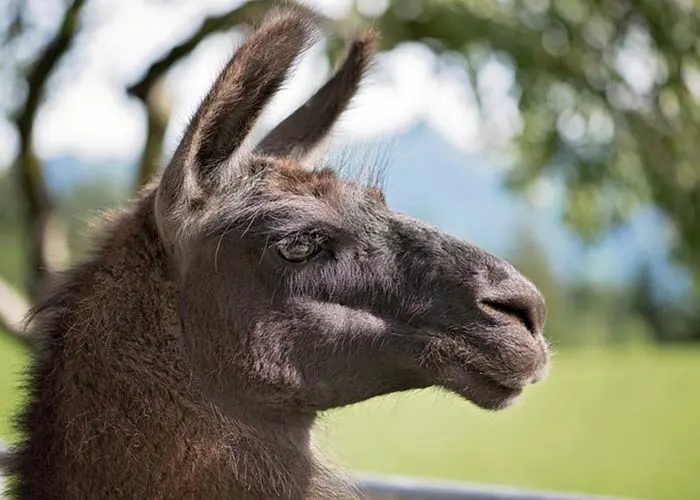
What Color Is A Llama’s Tongue?
A llama has a tongue around 7.8 inches (20 cm) long. The color of a llama’s tongue is pink.
Here’s a photo of a llama’s tongue and its color.
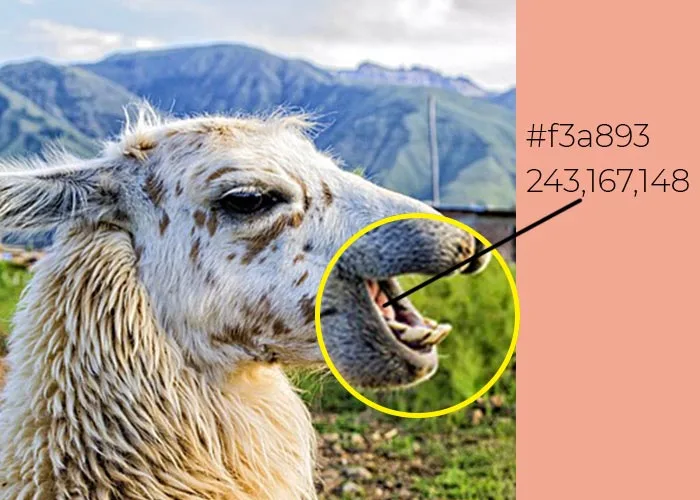
Further reading: Llama tongue – simply explained
What Color Are Llama’s Eyes?
Llamas usually have a dark brown or blue (non-pigmented) eye color.
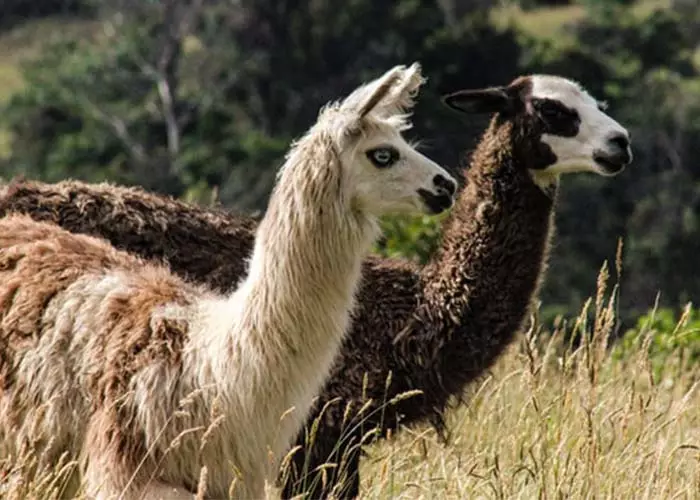
The European study on llama color discovered that 7.2 % of those white-colored llamas had blue-pigmented eyes. This is a characteristic of a so-called blue-eyed white (BEW) phenotype.
Final Thoughts
This concludes our article examining the question of “what color are llamas?”.
Llamas can have different colors and shading, black, brown, white, gray, cream, red, fawn, roan. They can have a single color pattern or several different ones.
References
[1] Frank, E. N., et al. “Phenotypic and genetic description of fibre traits in South American domestic camelids (llamas and alpacas).” Small Ruminant Research 61.2-3 (2006): 113-129.
[2] Jost, Stéphanie Mali, et al. “Prevalence of coat colour traits and congenital disorders of South American camelids in Austria, Germany and Switzerland.” Acta Veterinaria Scandinavica 62.1 (2020): 1-8.